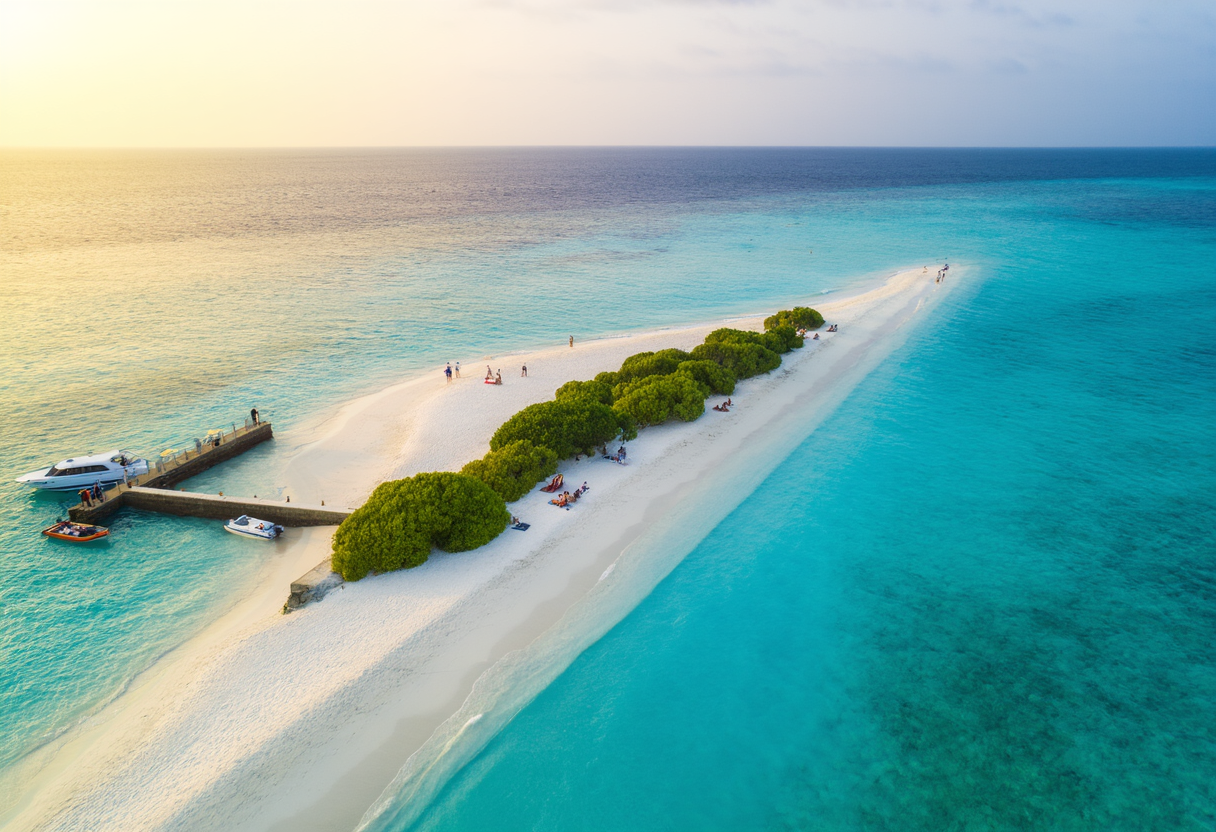Island Tourism: Trends and Challenges in a Post-Pandemic World
The COVID-19 pandemic has reshaped island tourism in profound ways, introducing new trends and challenges. Travelers are now more cautious and prefer destinations that emphasize health and safety. As a result, island tourism must innovate by implementing strict health protocols while also focusing on sustainable practices. With the revival of travel, islands can enhance their appeal by offering unique and safe experiences. This article delves into the evolving landscape of island tourism, addressing how the industry is navigating post-pandemic realities.
Adapting to Health and Safety Demands
The onset of the COVID-19 pandemic has brought unprecedented changes to island tourism, placing a heavy emphasis on health and safety. Tourists are now more discerning, seeking destinations that prioritize public health measures. This shift compels islands to adopt rigorous cleaning protocols, social distancing practices, and contactless services. Moreover, digital tools and communication platforms enhance visitor confidence through transparency. Consequently, these adjustments not only address immediate health concerns but also improve the overall tourist experience. As island tourism rebounds, maintaining these health measures will be essential as travelers return to explore beautiful destinations.
Shifts in Traveler Preferences
With the pandemic altering behaviors, traveler preferences have shifted significantly, presenting both challenges and opportunities for island tourism. Nature-centric experiences and secluded accommodations are now highly sought after, as people look to indulge while maintaining distance. As a result, islands are redefining their marketing strategies, emphasizing outdoor activities, wellness retreats, and adventure tourism. Crafting tailored packages that resonate with post-pandemic desires can reinvigorate the industry. By diversifying offerings, island tourism can attract a broader audience, from families to solo travelers seeking serenity.
Economic Recovery Strategies for Island Tourism
The recovery of island tourism hinges on innovative economic strategies to rejuvenate local economies. Investments in infrastructure and promoting local businesses are fundamental to the revitalization process. Collaborations with local artisans and organizations can provide authentic experiences, enhancing the economic impact of tourism. Moreover, leveraging government support will play a crucial role in generating funding for campaigns that highlight safe travel options. As islands embrace recovery, green initiatives can integrate with economic tools to create a blueprint for sustainable growth in island tourism. This approach not only aids recovery but also fosters resilience for future challenges.
Impact of Remote Work on Island Tourism
The rise of remote work has opened new avenues for island tourism, as more people are looking for 'workations'. These arrangements blend leisure with productivity, allowing individuals to work from idyllic locations. Islands can capitalize on this trend by promoting one-of-a-kind work environments that inspire creativity and relaxation. Facilities catering to remote workers, such as high-speed internet and coworking spaces, should emerge as pivotal offerings. By aligning with this shift, island tourism can redefine traveler engagement, integrating work and leisure in scenic settings.
Reviving Island Heritage through Tourism
Post-pandemic, island tourism has an opportunity to revive local heritage and traditions. By constructing itineraries that incorporate local culture, history, and customs, travelers can deepen their appreciation for these destinations. Engaging local guides to share stories creates a unique connection, transforming routine vacations into enriching learning experiences. Heritage tourism not only supports local economies but also fosters cultural pride among residents. As island tourism evolves, prioritizing these elements ensures a sense of authenticity and belonging for both visitors and locals alike.
Conclusion: The Future of Island Tourism
The future of island tourism is poised for transformation, shaped by a range of factors. Emphasizing health and safety, embracing remote work, and highlighting heritage will be pivotal in attracting travelers once more. These trends signify a paradigm shift that combines tourism with responsibility and respect for communities. To thrive in this new era, stakeholders must remain agile, adapting to the ever-changing preferences and expectations of travelers. In doing so, island tourism can ensure both a vibrant future and sustainable growth.
